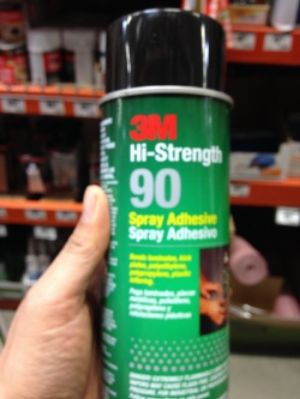Norboo
Jet Boat Addict
- Messages
- 126
- Reaction score
- 18
- Points
- 97
- Location
- Fairfax Station, VA
- Boat Make
- Yamaha
- Year
- 2012
- Boat Model
- Limited S
- Boat Length
- 24
Past Sat, I took my boat out of storage after the long winter. When I opened the engine hatch, I noticed the foam covers was coming undone in some places. I am guessing I didn’t stray enough on certain parts since other places are holding well.
So, spray/cover your 3M 77 thoroughly before reattaching your foam cover.
So, spray/cover your 3M 77 thoroughly before reattaching your foam cover.

